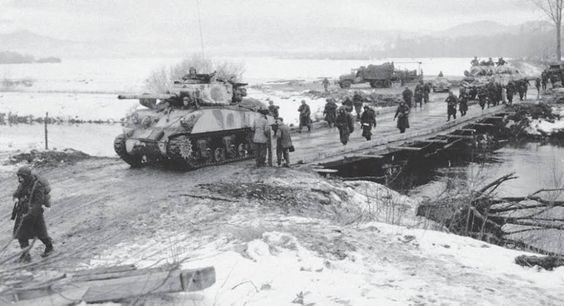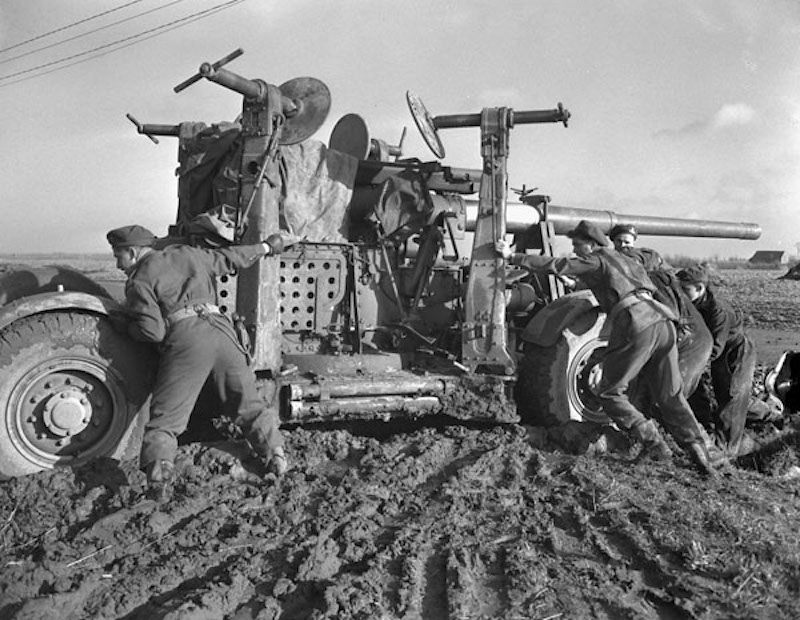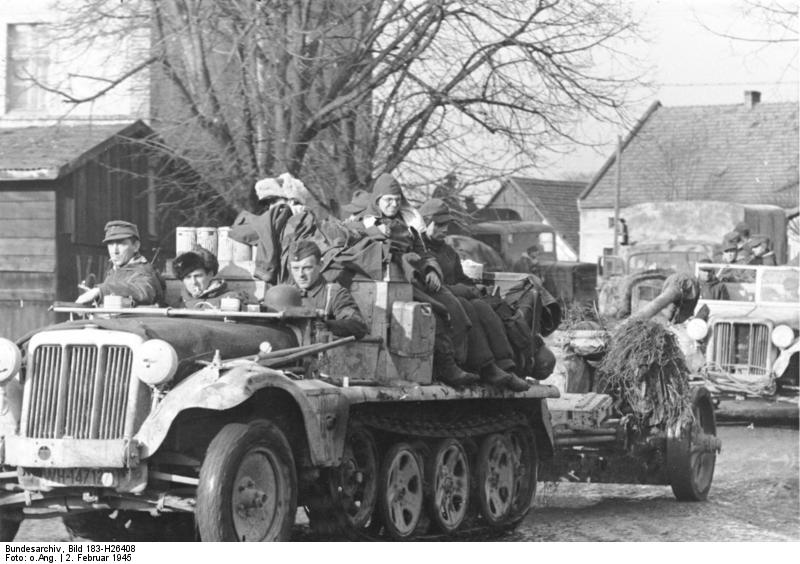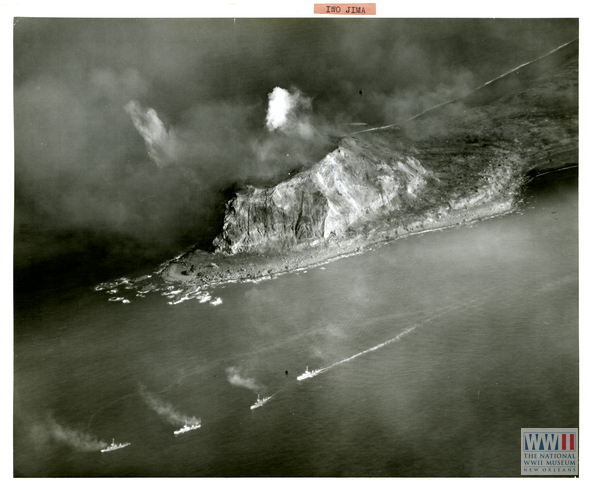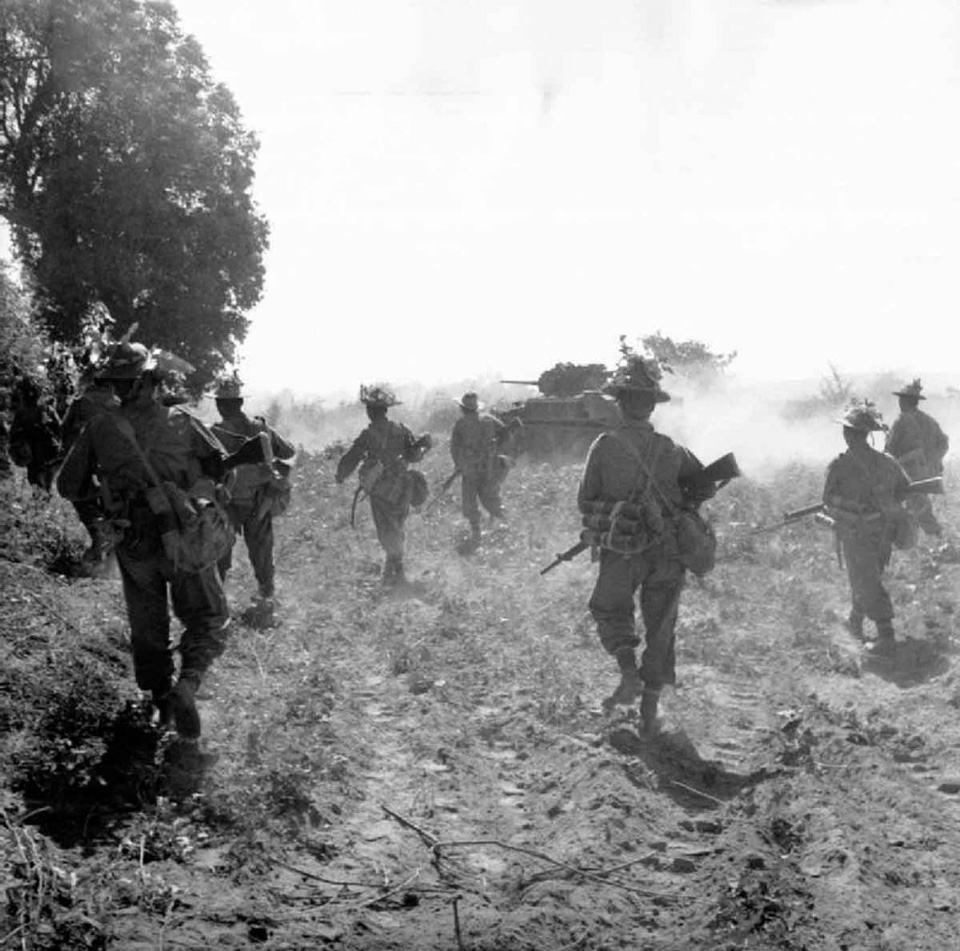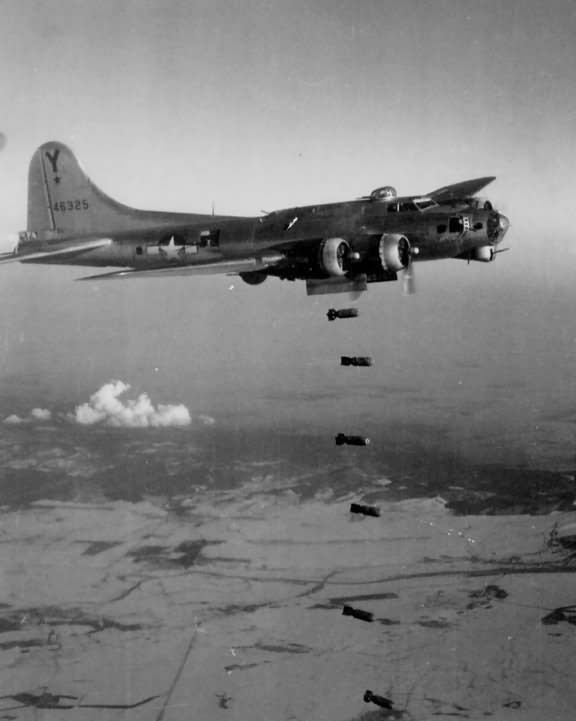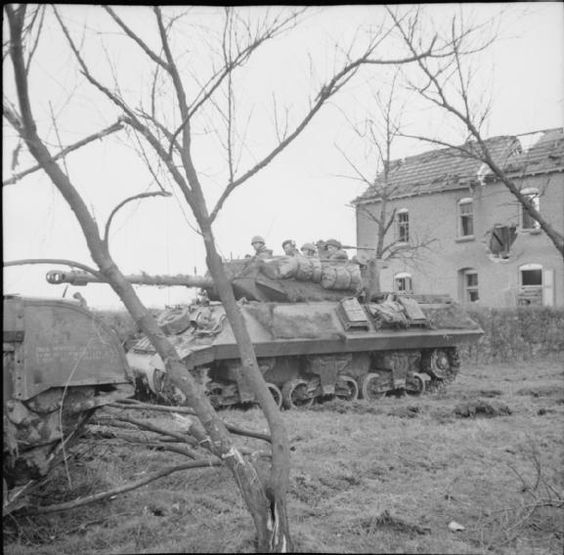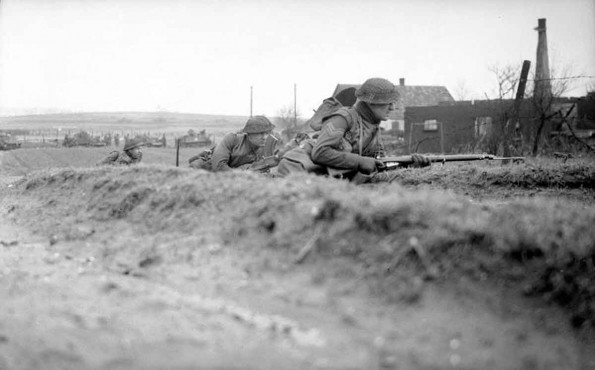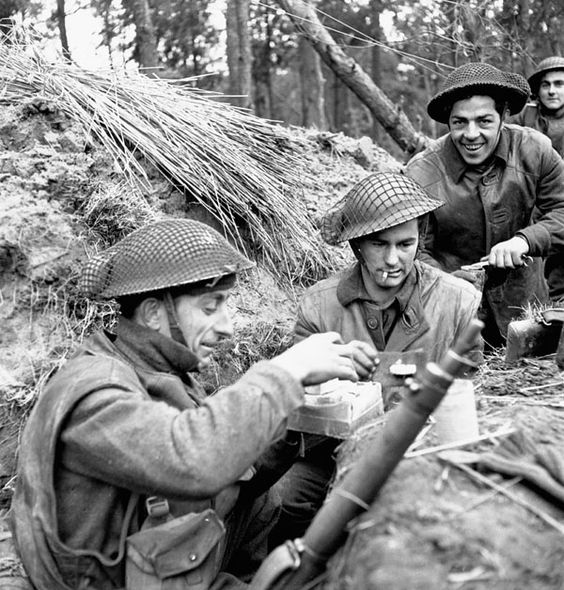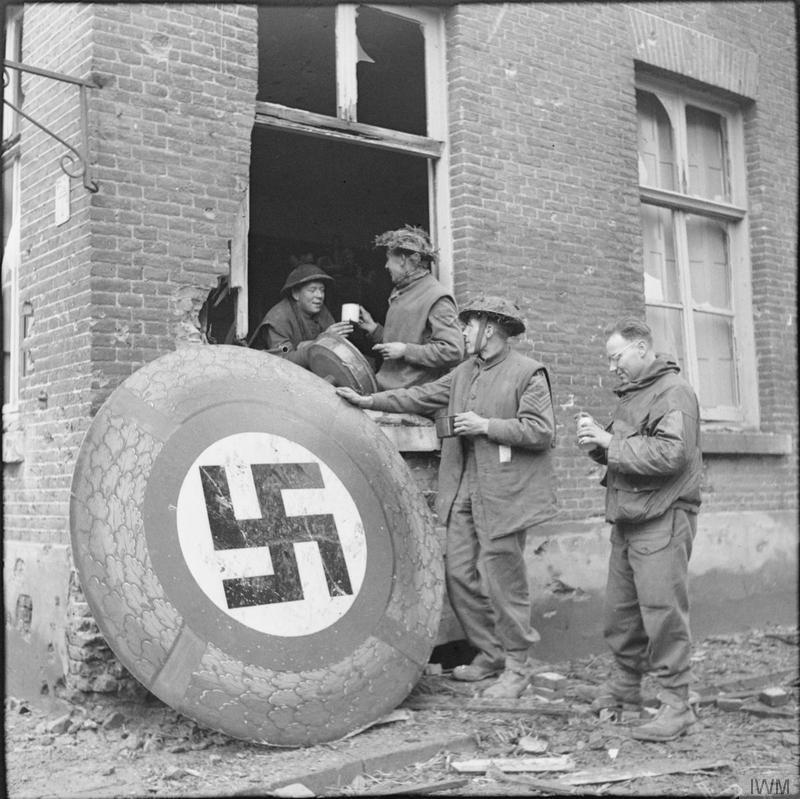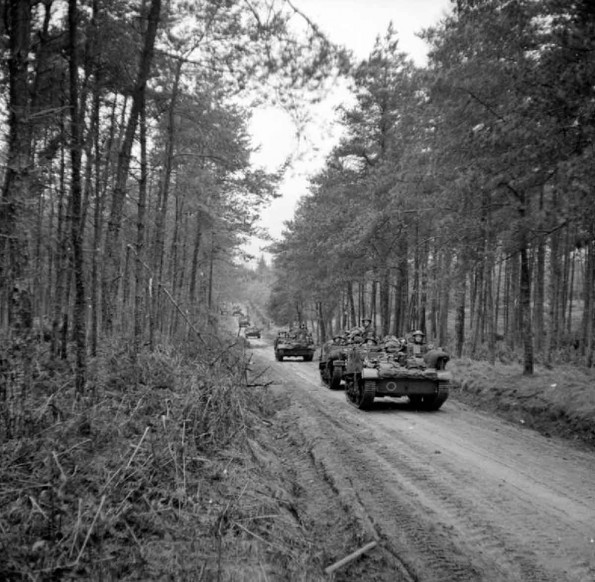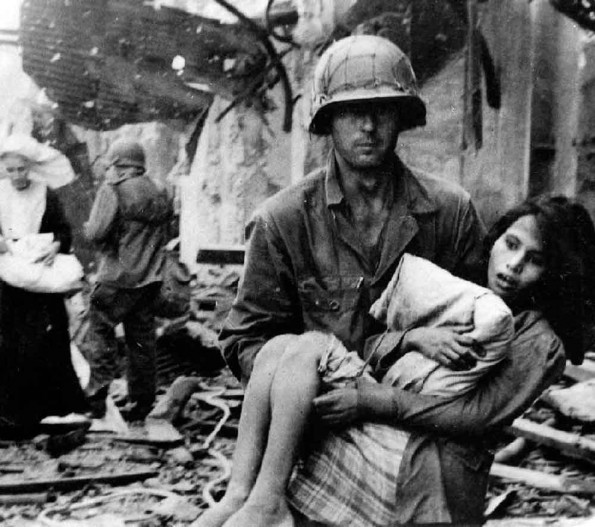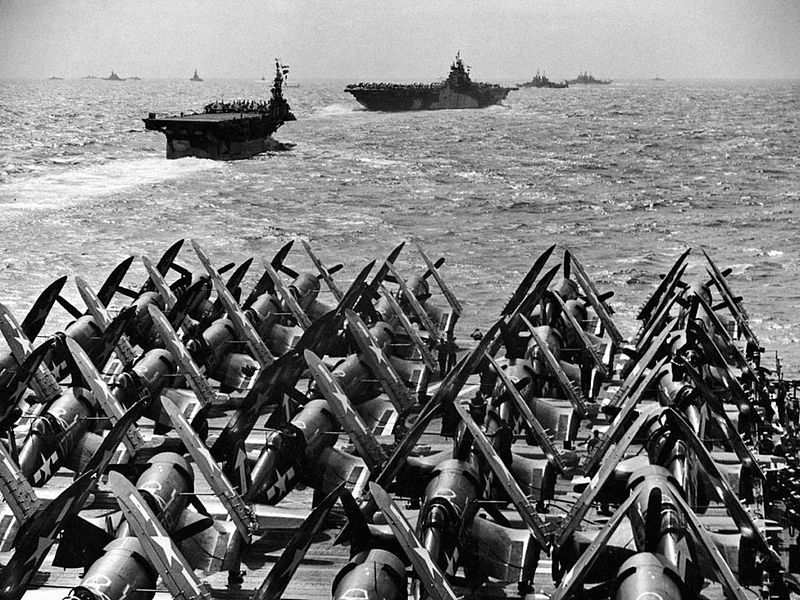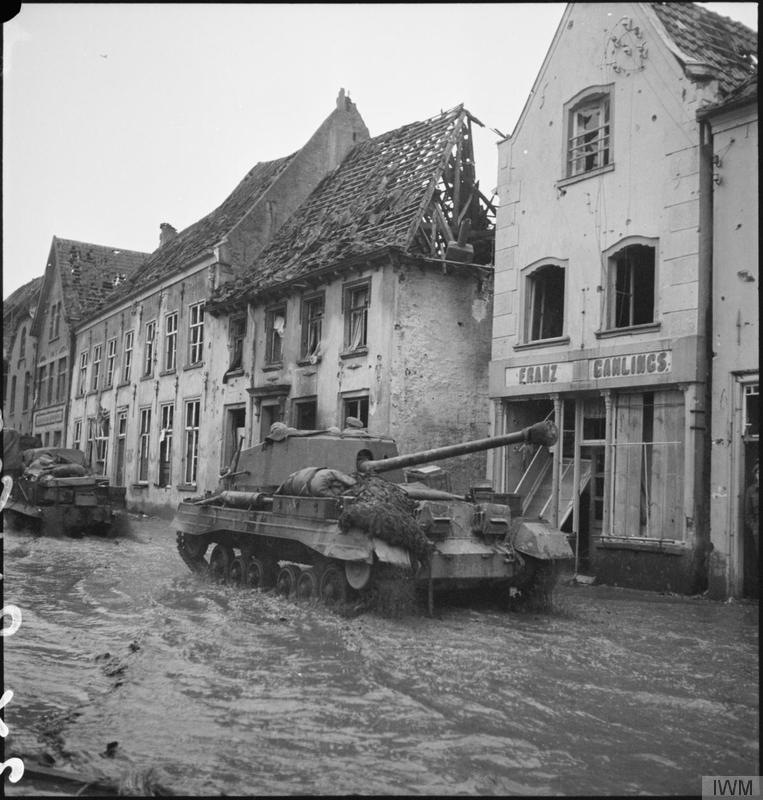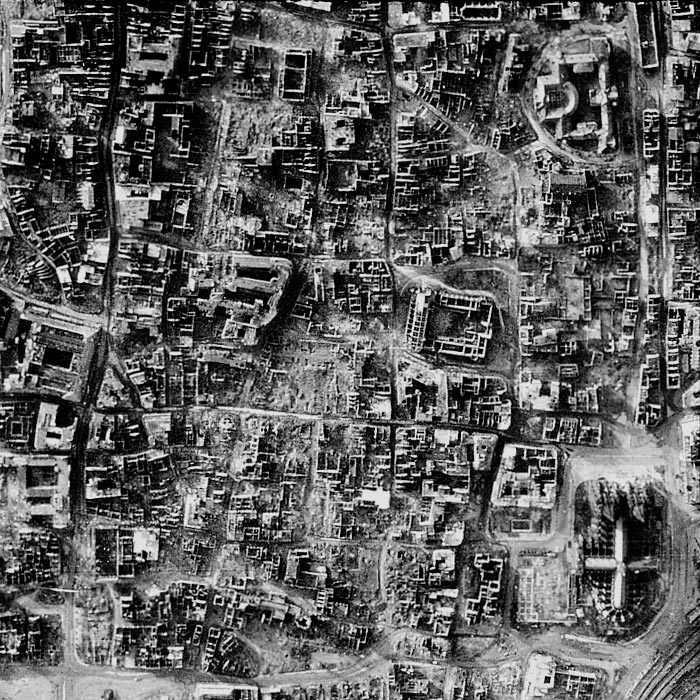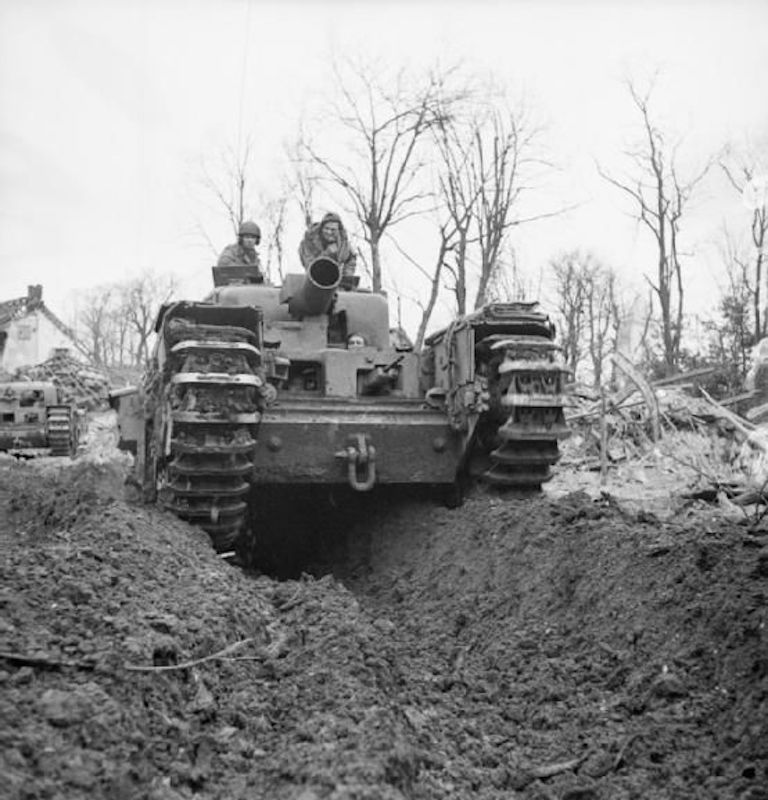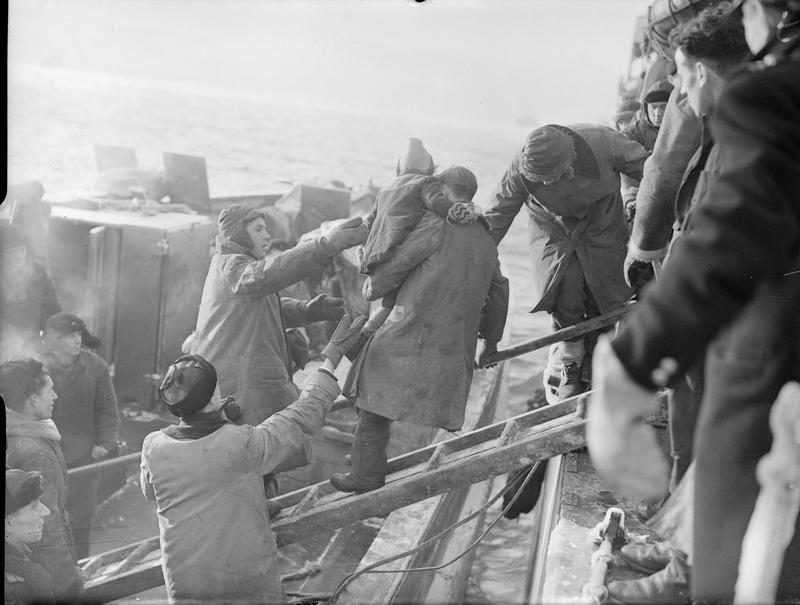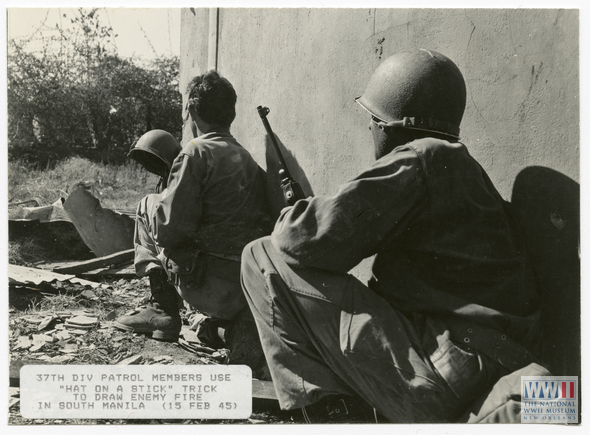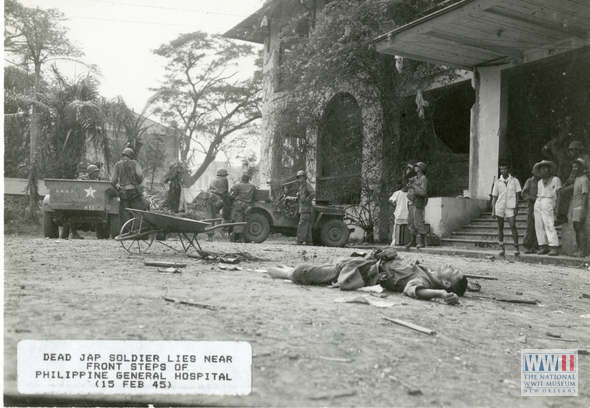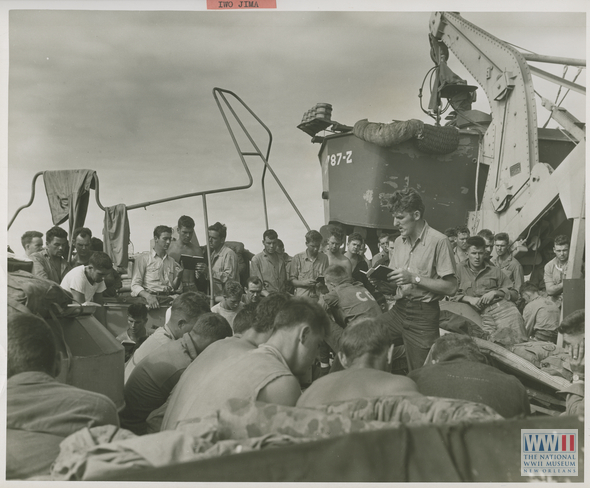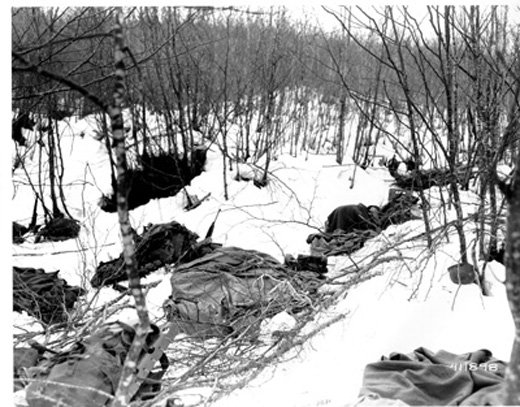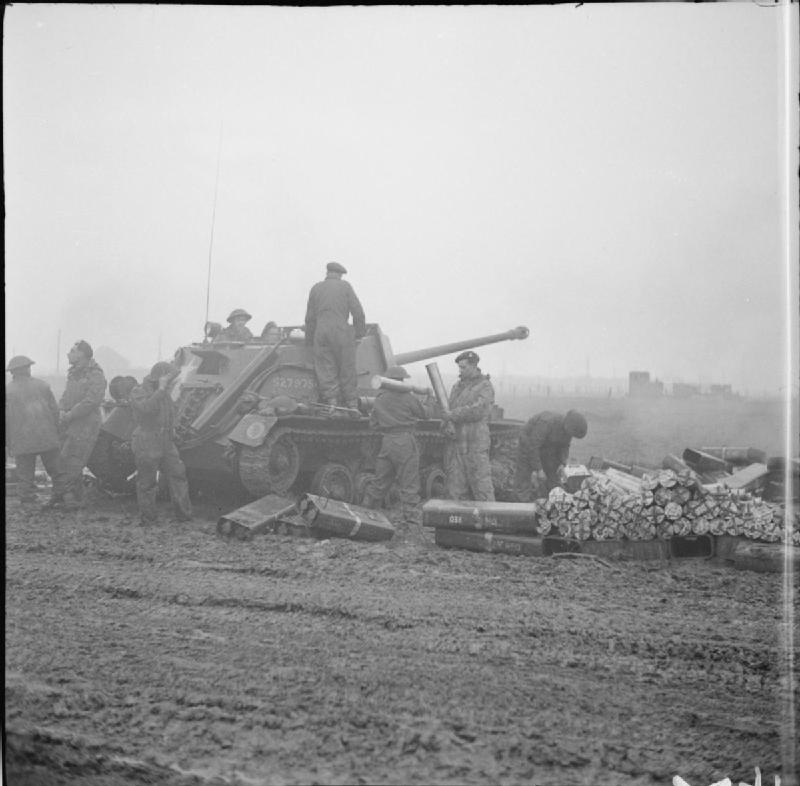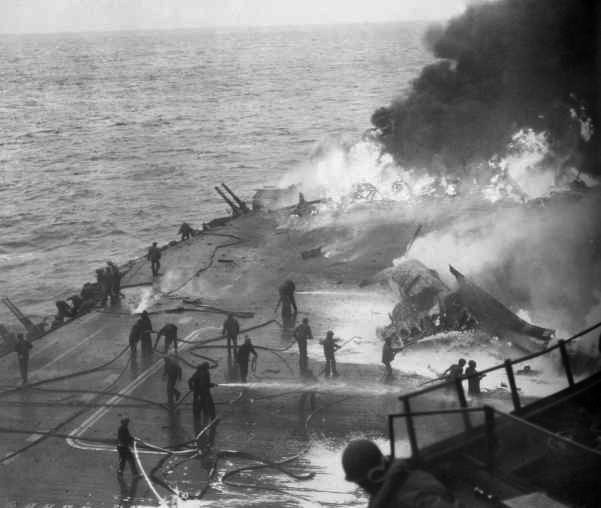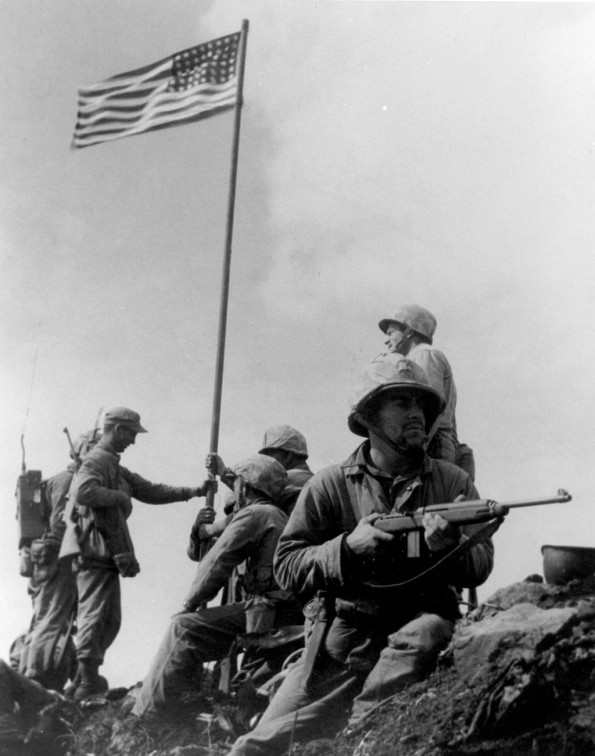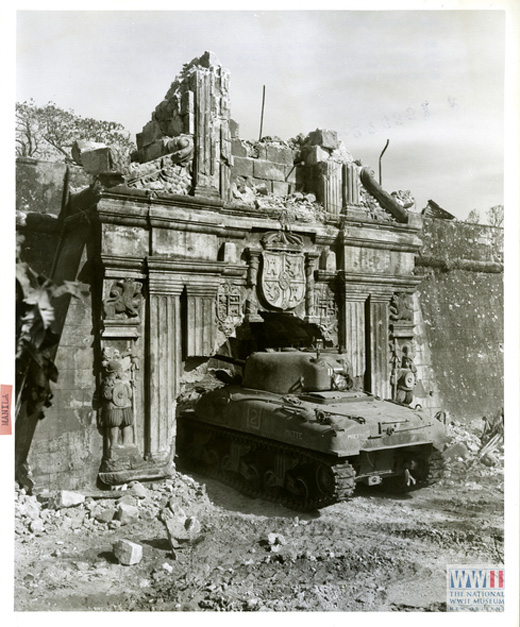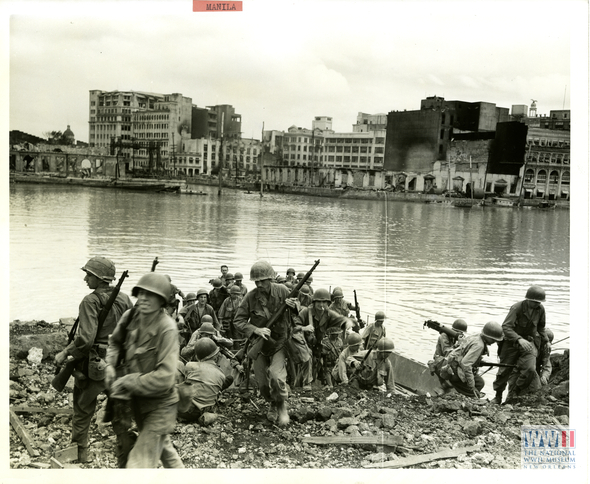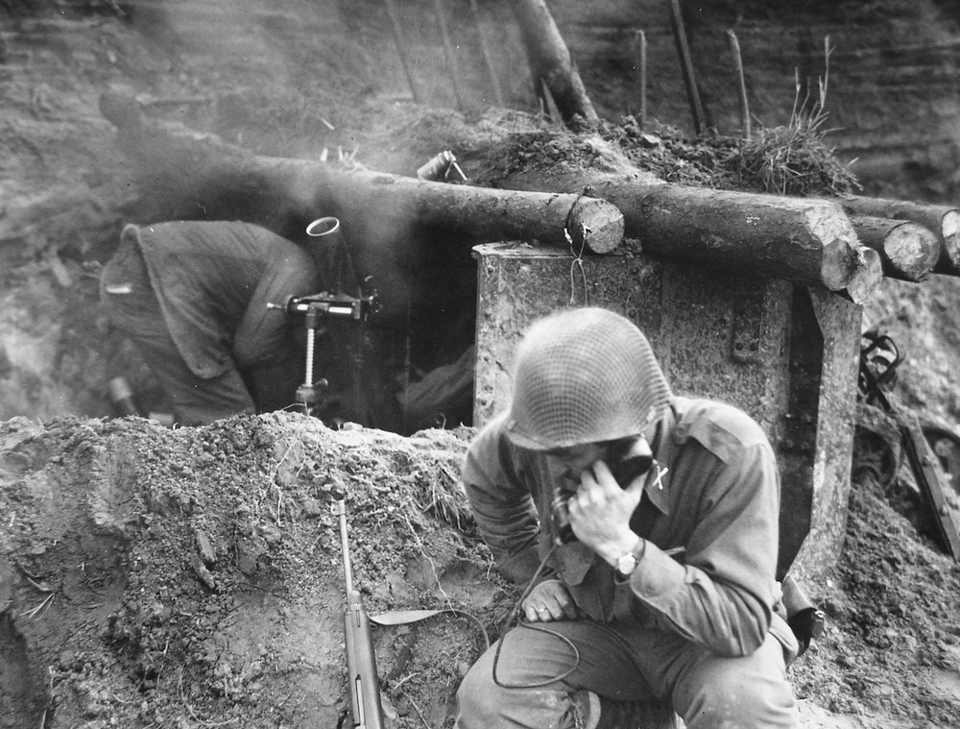Air Operations, CBI
BURMA- 12 10th Air Force B-25s attack a bridge at Mong Pawn.
- More than 90 10th Air Force fighter-bombers attack troops, motor vehicles, ferry crossings, and supplies at 8 locations.
- 28 fighter-bombers support Allied ground forces at Hosi and Molo.
- 8 P-47s attack the airfield at Hsumhsai.
- 8 P-47s attack a bridge at Pa-mao.
- 4 14th Air Force P-40s attack a Japanese Army divisional headquarters at Yungning.
Air Operations, Formosa
- 90th Heavy Bomb Group B-24s attack the airfields at Heito and Okayama and the Toko seaplane base.
- During the night, 63rd Heavy Bomb Squadron SB-24s attack several airfields.
Air Operations, Europe
Berlin is subjected to heavy Allied bombing which continues on an almost round-the-clock basis.
RAF BOMBER COMMANDDaylight Ops:
- 160 Lancasters of No. 3 Group attack the general town area of Mönchengladbach through 8-10/10ths cloud using G-H. The results of the raid are not known.
- 1 Lancaster crashes in France.
- 1 Halifax flies an RCM sortie.
- 382 Lancasters and 14 Mosquitos of Nos. 1, 6 and 8 Groups are sent to bomb Ludwigshafen. Most of the force aim their loads at skymarkers and the local report shows that bombs fell in many parts of Ludwigshafen, with much property damage of a mixed nature. The 900 houses destroyed or seriously damaged are the main item in the report, but it also states that the railway yards are seriously damaged and one of the Rhine road bridges is hit by 2 bombs and temporarily closed to traffic.
- 6 Lancasters are lost.
- 340 aircraft including 293 Halifaxes, 40 Lancasters and 8 Mosquitos of Nos. 4, 6 and 8 Groups are sent to hit Mainz. A few early crews are able to bomb target indicators seen through a gap in the clouds, but the gap soon closes and most of the raid is on skymarkers. The local report states that a few buildings were destroyed, including the Christuskirche, which burned out, and the town hospital was damaged, but most of the bombing fell outside Mainz.
- There are no losses.
- 271 Lancasters and 11 Mosquitos of No. 5 Group are sent to Siegen. This raid also experiences difficult marking and bombing conditions. Some damage is caused to the railway station but the local report says that the markers were either carried away from Siegen by a strong wind or that dummy markers and a decoy fire site attracted much of the bombing. Most of the raid falls in country areas outside Siegen.
- 3 Lancasters and 1 Mosquito are lost.
- 122 Mosquitos are sent to Berlin, 8 to the Bruckhausen benzol plant, 6 to Hannover, 4 to Nuremberg, and 4 dropping dummy target indicators at both Mannheim and Stuttgart, and there are 47 Mosquito patrols and 64 RCM sorties.
- There are no losses.
GERMANY:
- 616 1st and 3rd Air Division B-17s attack marshalling yards at Krefeld, Ludwigshafen, and Manneim; highway and rail bridges at Mannheim; rail bridgtes at Wesel; and several targets of opportunity.
- 2 B-17s are lost.
GERMANY:
- 146 9th Air Division bombers attack ground defenses and bridges between the Rhine and Moselle Rivers.
- During the night, the 9th Air Division's 410th Light Bomb Group mounts its first effective night missions since being withdrawn from combat in early January to retrain and reequip as the 9th Air Force's only dedicated night-bomber unit. Of 25 A-20s dispatched at 2050 hours, 22 receive a recall message due to bad weather, but the remaining 3 continue on to the target, a communications center at Hellesheim. Bombs are dropped at 2204 hours with the aid of GEE blind-bombing equipment. The results, however, are unobserved. All planes return safely to their base by 2350 hours.
ITALY:
- Nearly the entire 12th Air Force is grounded by bad weather. Only 12 effective fighter-bomber sorties are completed.
AUSTRIA:
- More than 300 15th Air Force B-17s and B-24s attack marshalling yards at Furstenfeld, Graz, and Klagenfurt, and an oil refinery at Moosbierbaum.
Air Operations, Malaya
67 of 113 58th Very Heavy Bomb Wing B-29s dispatched attack a drydock at Singapore, 21 B-29s attack the Singapore naval base, and 21 B-29s attack several alternate targets.
[Air Operations, Philippines
- FEAF B-24s attack targets on the Canacao Peninsula, Luzon.
- XIII Bomber Command B-24s attack the Cavite naval base.
- 10 494th Heavy Bomb Group B-24s based on Angaur attack Corregidor.
- V Bomber Command B-25s attack Puerto Princesa, Palawan.
- Many 5th Air Force aircraft support US 6th Army ground forces on Luzon.
- As the US 1st Cavalry Division opens a dash around Japanese Army battle lines in the direction of Manila at 0001 hours, SBDs from Marine Air Group 24 and Marine Air Group 32 maintain flights of at least 9 aircraft over the division spearhead at all times —- effectively serving as the divisional flank guard. The SBDs will be available for on-call close support under the guidance of Marine Corps jeep-borne air liaison teams operating with the US 6th Army units. During the day, 2 separate flights of 9 SBDs each support the division with attacks against Japanese ground forces at Angat and San Jose del Monte.
Air Operations, Volcano Islands
At the start of the final run-up to the projected invasion of Iwo Jima, VII Bomber Command B-24s redouble their efforts to neutralize the island’s airfields and shatter its defenses. On this day, 21 VII Bomber Command B-24s attack the island. During the night, 10 VII Bomber Command B-24s conduct snooper raids against Iwo Jima.
[Eastern Front
In East Prussia the Russians continue their inexorable liquidation of the German pockets of resistance. In Poland the 1st Belorussian Front and 1st Ukraine Front take the town of Thorn (Torun) on the Vistula after a furious assault, and maintain strong pressure on the surrounded town of Poznan. In Germany they continue their advance toward the middle Oder and Berlin, capturing Schneidelmühl and putting pressure on Ratzeburh (Okonek). Zhukov's troops which have reached the Oder opposite Berlin halt there to regroup while the many pockets of German resistance in their rear are being eliminated and while the units on their flanks broaden the advance by attacking into Pomerania in the north and crossing the Oder and moving toward the Neisse in the south.
In Hungary the elimination of German strongpoints goes ahead in the western part of Budapest.
GERMANYAn attack by the V SS Mountain Corps against the 1st Guards Tank Army at Kunersdorf fails; Soviet forces then counterattack and force the Germans back.[MORE]
[Iwo Jima
For the next two weeks the US air attacks on the island are stepped up with B-24s and B-29s over the island every day. In this preparatory phase for the landings later in the month 6,800 tons of bombs are dropped.
[Pacific
- Two US torpedo boats, PT-77 and PT-79 are accidentally sunk by US naval gunfire in the Philippine Islands area.
- The Japanese transport No. 115 is sunk by US Army aircraft in the Philippine Islands area.
- The combined efforts of the destroyers Jenkins (DD-447), O'Bannon (DD-450) and Bell (DD-587) and the destroyer escort Ulvert M. Moore (DE-442) sink the Japanese submarine RO-115 125 miles southwest of Manila.
- The Japanese netlayer No.16 Nissho Maru (1173t) is sunk by mine west-northwest of Mokpo, Korea.
- The British submarine Spark sinks the Japanese towboat No.203 Katsura Maru and damages the motor sailboats Nanyo Maru, Nampo Maru and No.80 Tachibana Maru off Jabara.
Philippines
On Luzon the units of the XIV Corps advance rapidly toward Manila, occupying Gapan and Santa Rosa. The I Corps is still heavily engaged by the Japanese in front of San Jose, in the middle of the island. On the north flank of the corps the 43rd Division and 158th Regiment consolidate their positions on the hills overlooking the Damortis-Rosario-Pozorrubio road. The 38th Infantry Division of the XI Corps only manages to advance less than a thousand yards in the Zigzag Pass area, where the Japanese are putting up strenuous resistance. The eight-mile pass, surrounded by rugged mountains, is thoroughly protected by a series of carefully camouflaged and heavily protected positions.
In the 8th Army sector, the 11th Airborne Division meets sharp resistance by the Japanese between Mount Cariliao and Mount Batulao, on the slopes of the Tagaytay Mountains.
[United States, Technology
Chance Vought Corsair fighters make their first regular operational flight from US Navy aircraft carriers. The Corsair will become the best carrier-launched aircraft of World War II, with its maneuverability, high maximum speed of 417 mph and 6 machine guns. The Corsair will achieve a kill ration of 11 to 1.
[Western Front
On the northern flank of the Allied front the Canadian 1st and American 9th armies are putting the finishing touches to their preparations for Operations VERITABLE and GRENADE, the first for a massive offensive by the Canadians between the Maas and the Rhine, from the north to the southeast, and the second for an offensive by the Americans across the Rur River, northeastward toward the Ruhr.
In the US 1st Army sector the divisions of the V Corps press on with their offeinsive toward the dams on the Rur and Urft Rivers. The 9th Division reaches the Hofen-Harperscheid road in the middle of the Monschau forest, while the 2nd Division moves from Rocherat in Belgium to cross the German frontier and link up with the 9th.
Further south, the VIII Corps, US 3rd Army, continues its offensive to break through the Schneifel hills, capturing among other places Manderfeld, in Belgium, and Auw, by the 87th Division, and Mützenich, by the 8th Infantry Regiment, Schweiler and Winterscheid, by the 12th Infantry Regiment. The III Corps reinforces the defensive positions in Luxembourg along the watershed between the Our and Clerf Rivers.
On the left flank and in the center of the US 7th Army, while the XV and XXI Corps reinforce the positions southeast of Saarbrücken, on the right flank the 36th Division, VI Corps, continues to advance toward the Rhine, crossing the Moder River and attacking in the direction of Oberhoffen. The other units of the VI Corps stand firm for the whole month of February, confining themselves to defending their positions and putting in occasional attacks beyond the Moder River.
The French 1st Army continues its operations against the Colmar pocket; the French II Corps completes the capture of the Rhine lowland between Erstein in the north and Artzenheim in the south. In the center of the French army's front, the American XXI Corps, with support from French armored units, advances south along the Rhine-Rhone Canal in the direction of Neuf-Brisach, about 5 miles southeast of Colmar. On the French right flank the I Corps continues to advance in the area south of the Thur River between Cernay and Ensisheim, a little to the north of Mulhouse.
[



